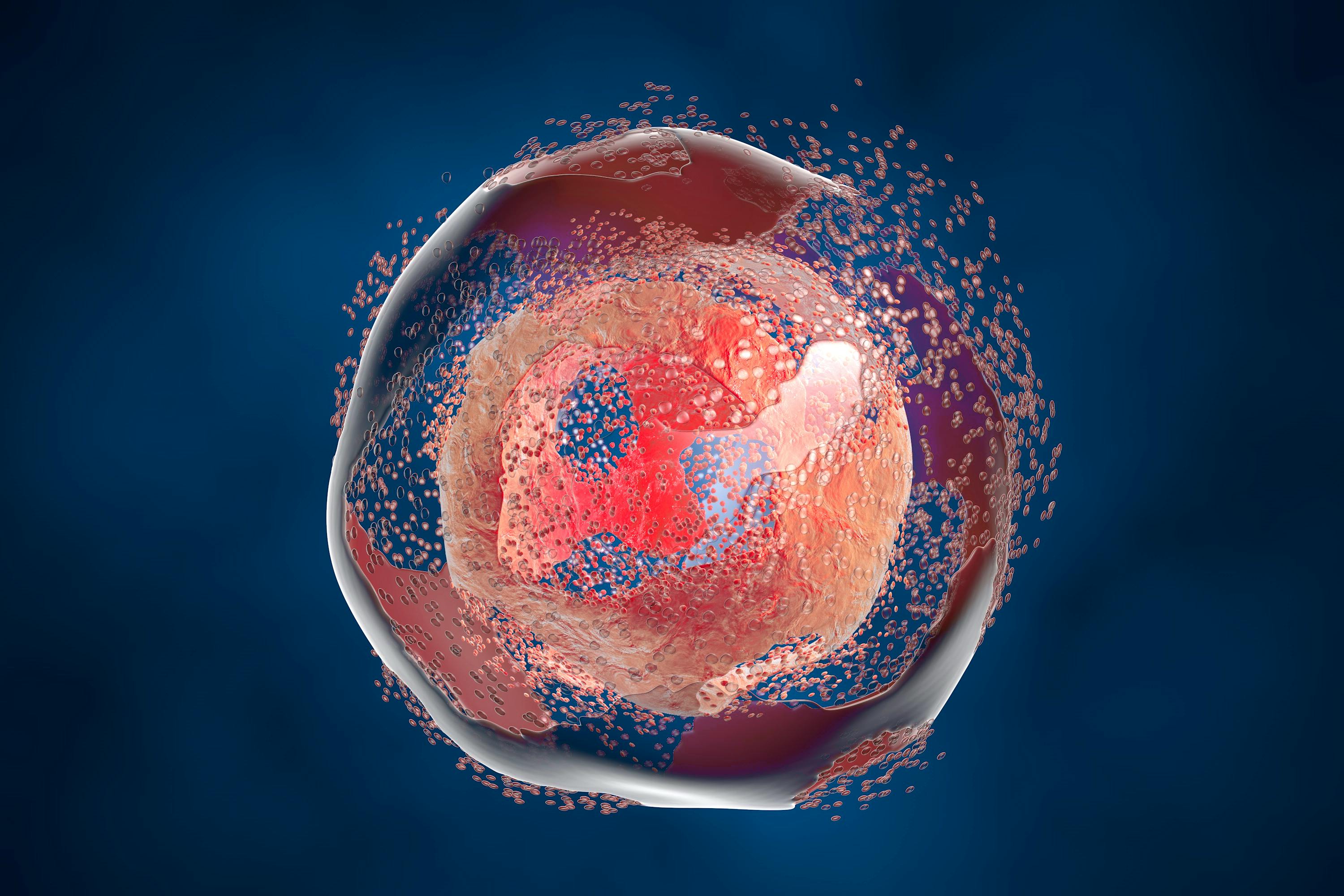at the origin of aging

Cellular senescence is a process by which a cell stops dividing but does not die. This can result from short-term or long-term cellular damage and can spread to surrounding cells. The accumulation of these senescent cells can contribute to the aging process in tissues, including the skin.⁽¹⁻²⁾
Cellular senescence is a response caused by acute (intense and rapid) or chronic (long term) cellular damage, contributing to the aging process.
In the skin, aging results from decreased cellular replicative capacity and accumulation of senescent cells.
The accumulation of these senescent cells has a deleterious effect on all levels of the skin due to the secretion of negative molecular factors that “spread” the senescence to surrounding cells.
Blocking this “senescent signal” could play a crucial role in reversing the skin aging process.⁽¹⁻²⁾